The Beginner’s Guide to Cooking and Eating Sustainably
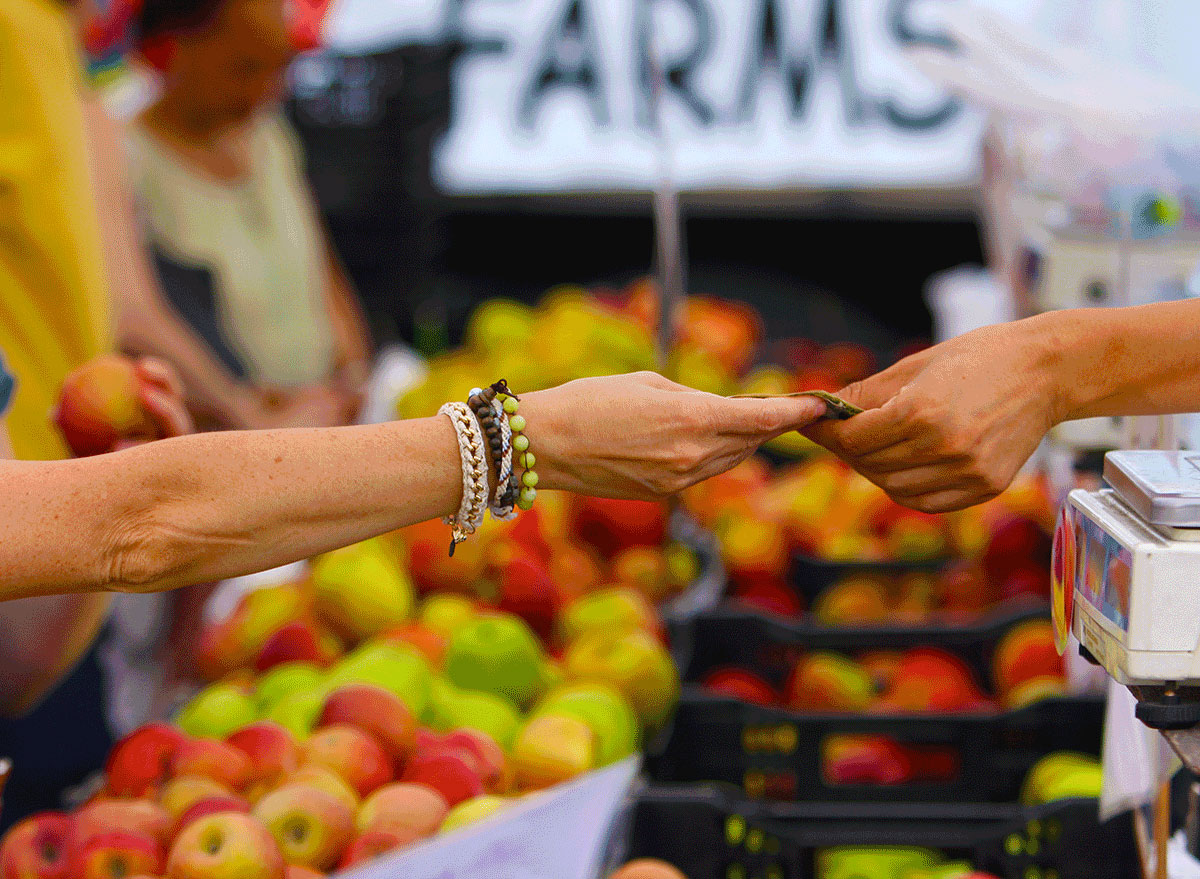
“Sustainability” is a term we’re hearing in all aspects of our lives, and more and more frequently as it pertains to the food industry. Whether it’s referenced in a roundup of reusable products for a life with less waste, or tips on how to use less plastic when eating out, the topic of food sustainability has us searching for ways to make a difference in every aspect of our lives, including our cooking and eating habits.
But what is “sustainable food”? To get a better understanding of what this movement really is, we talked with Katherine Miller, the vice president of impact at the James Beard Foundation (JBF), about what it means to eat and cook sustainably, and how we all can make environmentally friendly choices in our everyday lives.
What is sustainable food?
“On a high level, sustainable food is food that is produced in ways that take into consideration the impact on the environment, public health, human communities, and animal welfare,” says Miller. “Carefully considering our food choices is incredibly important. Americans spend almost 10 percent of their income on food—whether it’s in restaurants or eating at home. That is a lot of spending power, and companies are paying close attention to how we’re choosing to eat and drink.”
What does it mean to eat sustainably?
“Sustainable eating is mindful eating. It means making a conscious choice to learn more about the food you’re enjoying and how it’s grown, who grows it, the treatment of workers involved in the process, and the health of our soil and animals,” Miller explains. “This connects sustainable eating to every food movement—both as partners in education and action. The more we learn about food production, the deeper our individual considerations and choices may go. As you learn more about large-scale agricultural interests, you may choose to support local farmers, ranchers, or fishermen. It’s all inter-related and eating more consciously is a great way to learn about other issues.”
Why should we all strive to eat more sustainably?
“We can all pay more attention to what we buy and eat. Food is a great gateway to other cultures and cuisines. It’s also a great way to try new flavors and products. To eat more sustainably is to delve deeper into what’s on your plate and how it got there. In 2018, we spent almost $2 trillion on food, and if we can direct that spending towards producers and companies that are producing food in ways that contribute positively to the environment and communities, think about the power we have to impact climate change, human slavery, inhumane animal practices, and more.” says Miller.
What are some ways we can eat and cook more sustainably?
Everyone’s food choices are personal, and therefore each person’s journey is going to be different. But eating more sustainably can be achieved with incremental changes to our everyday food habits. Here are some 10 actionable tips on how to get started eating and cooking more sustainably.
Learn where your food comes from
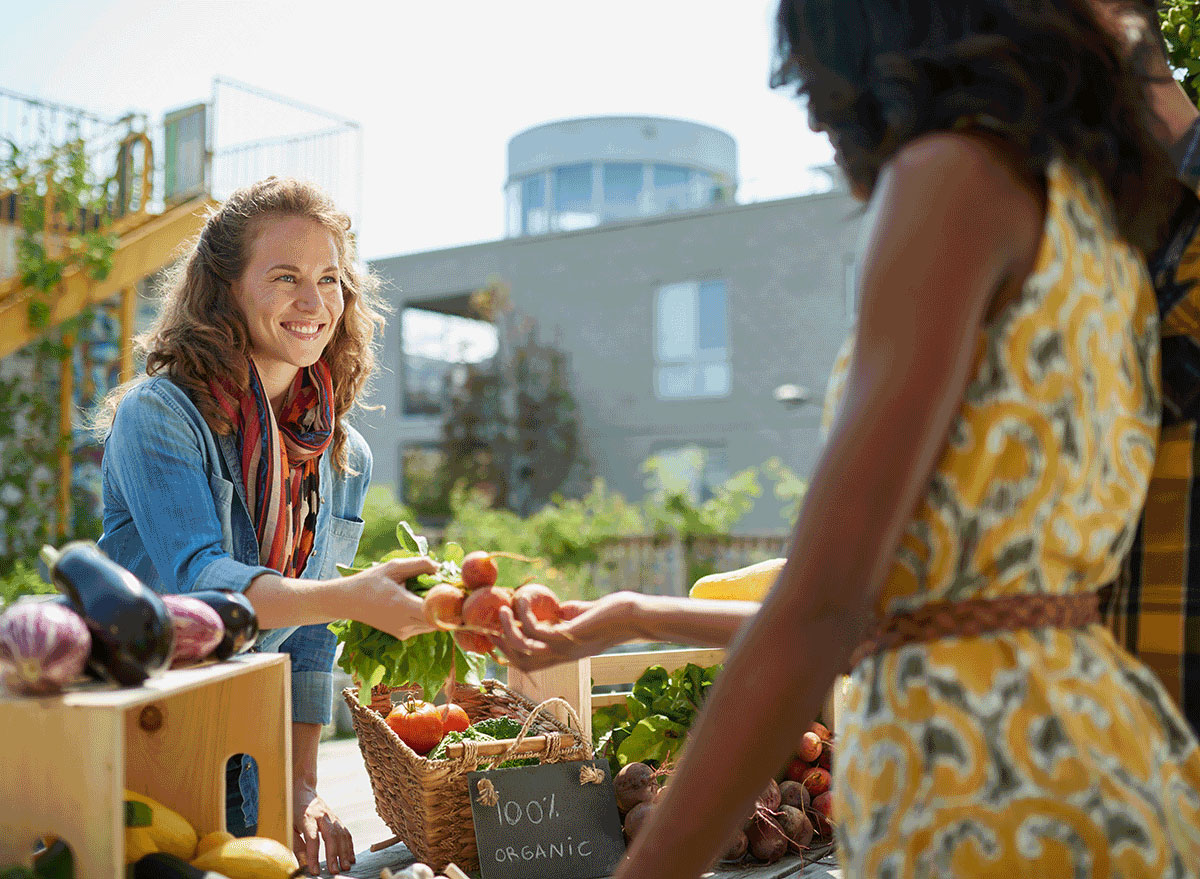
“The first and easiest thing you can do is to be more mindful about what you’re eating,” says Miller. Whether at a restaurant or in a grocery store, simply asking where something was produced, or who made it, will help make better-informed decisions.
Waste not
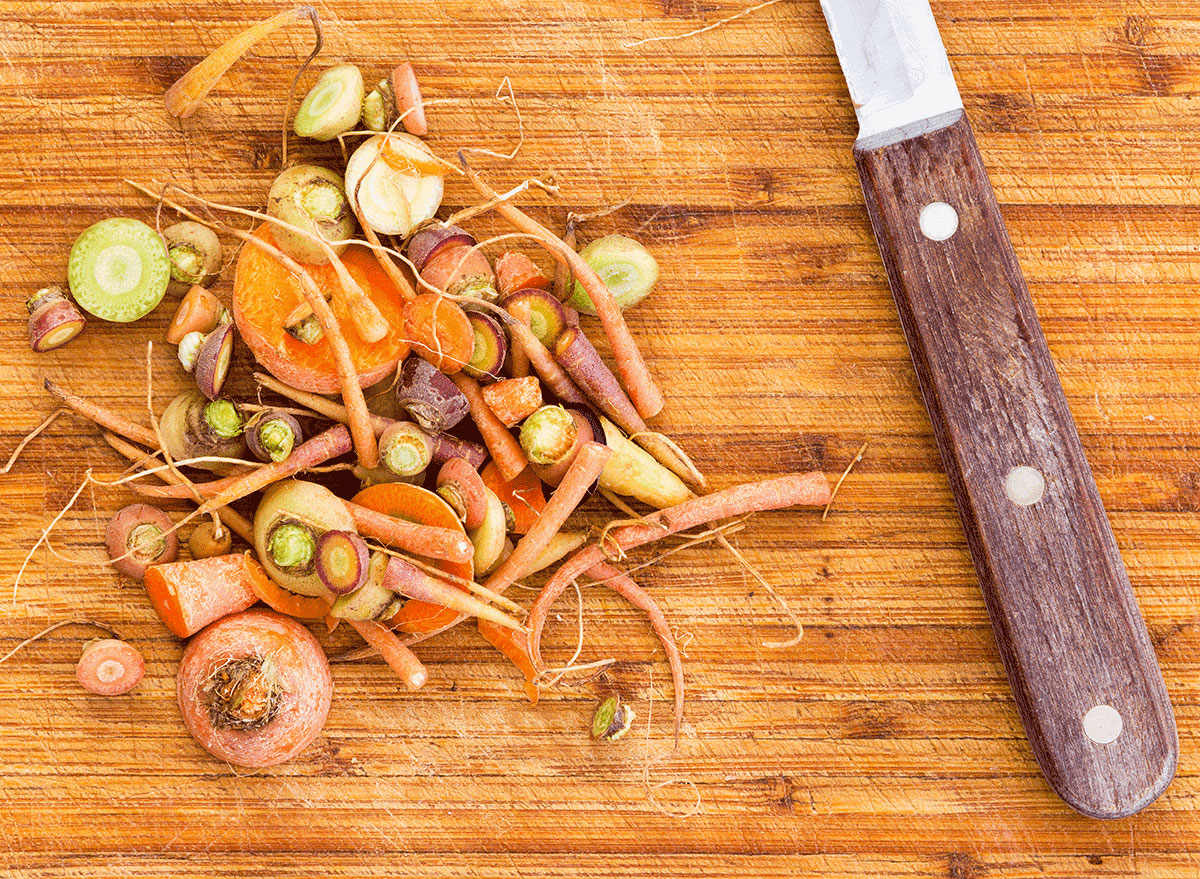
For those cooking at home, Miller recommends using up as much of your ingredients as possible. Left with spare broccoli stems or overripe avocados? Try coming up with creative ways to incorporate these and similar food scraps into your cooking.
Grow your own
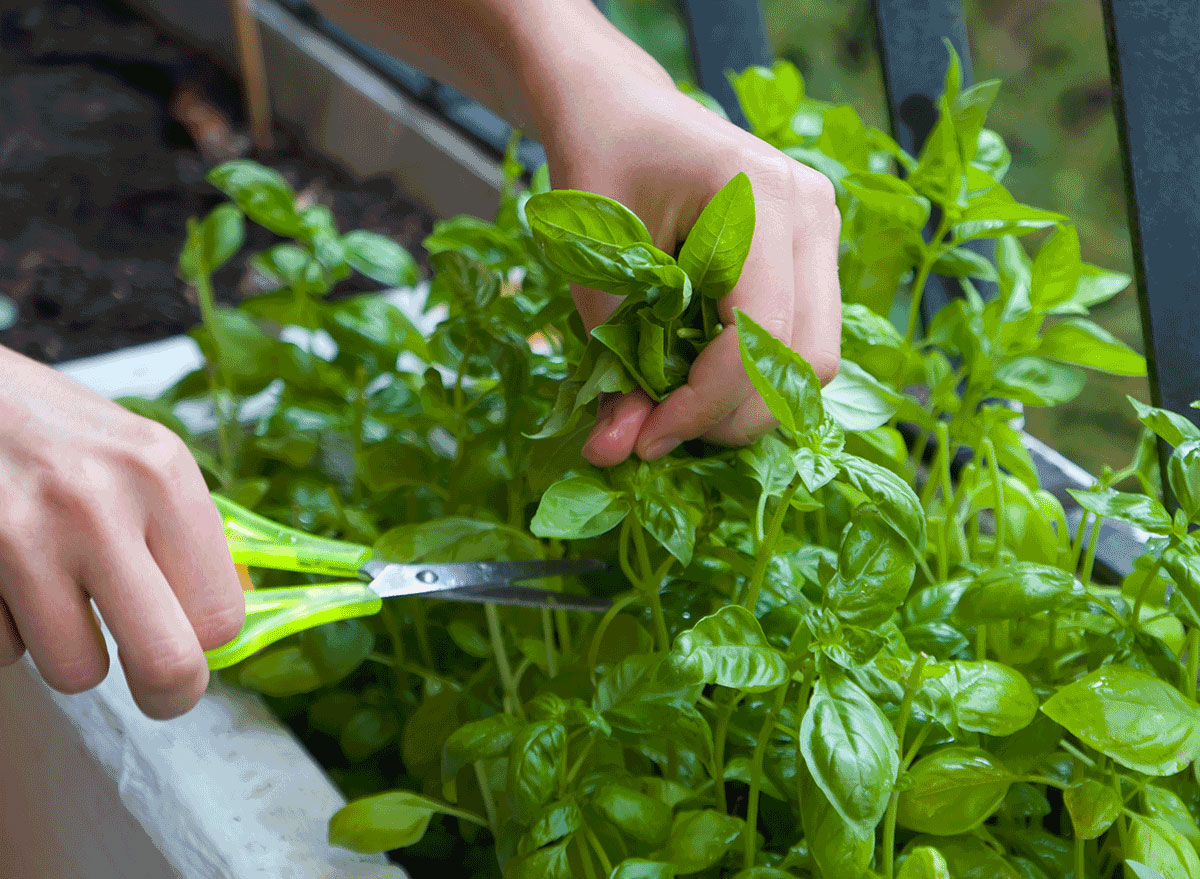
Even the smallest apartment can house an herb garden, according to Miller. Do-it-yourself herb and garden kits can help save money while providing your kitchen with fresh herbs—and you with the gloating rights of having grown your own produce.
Buy locally (or regionally) first
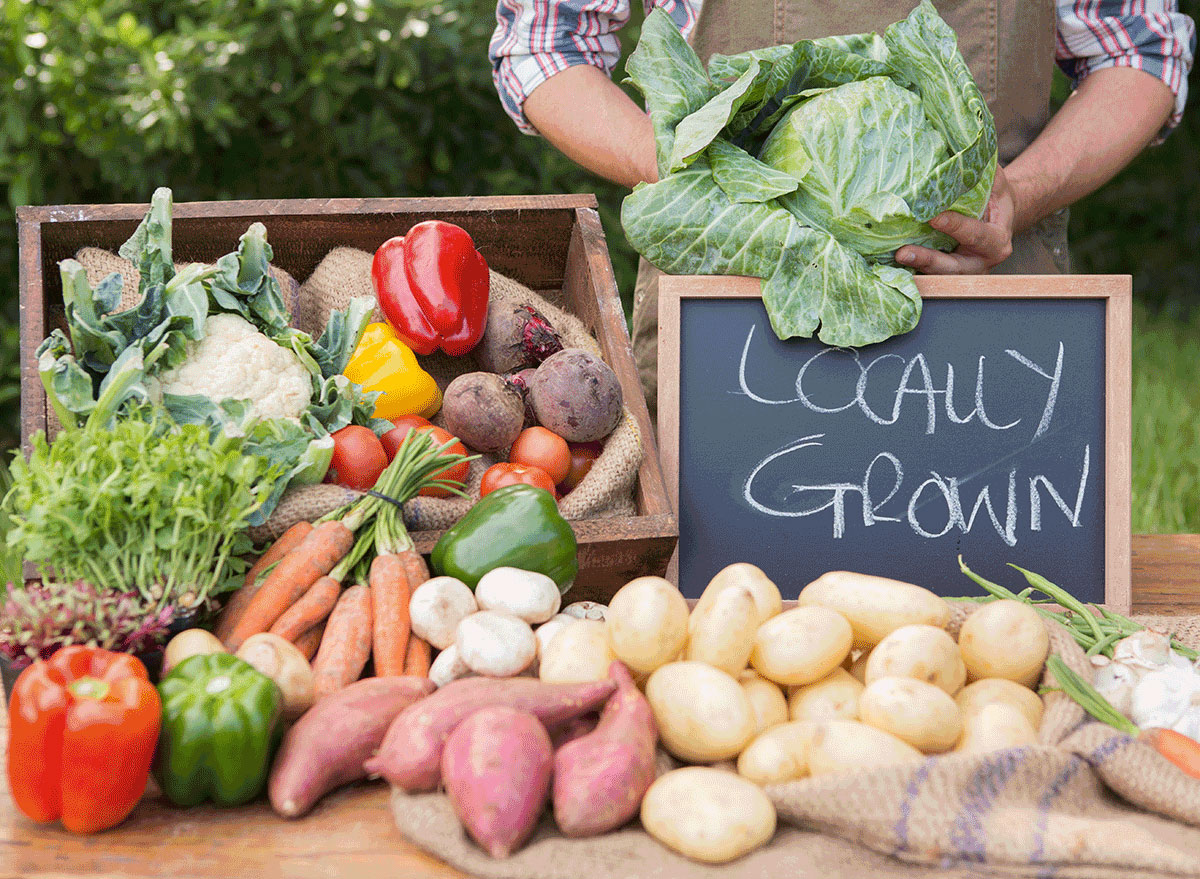
“Locally produced food creates important economic opportunities in our communities,” says Miller. “Some studies show that as many as 32 new jobs are produced with just a million in localized food sales. Locally produced food also usually has a smaller carbon footprint because it travels shorter distances to get to your plate. So, look for local producers first and if you can’t buy it locally, then look around for growers in your state, then in your region. You’ll be able to find a lot of what you need closer to home.”
Buy less and shop more often
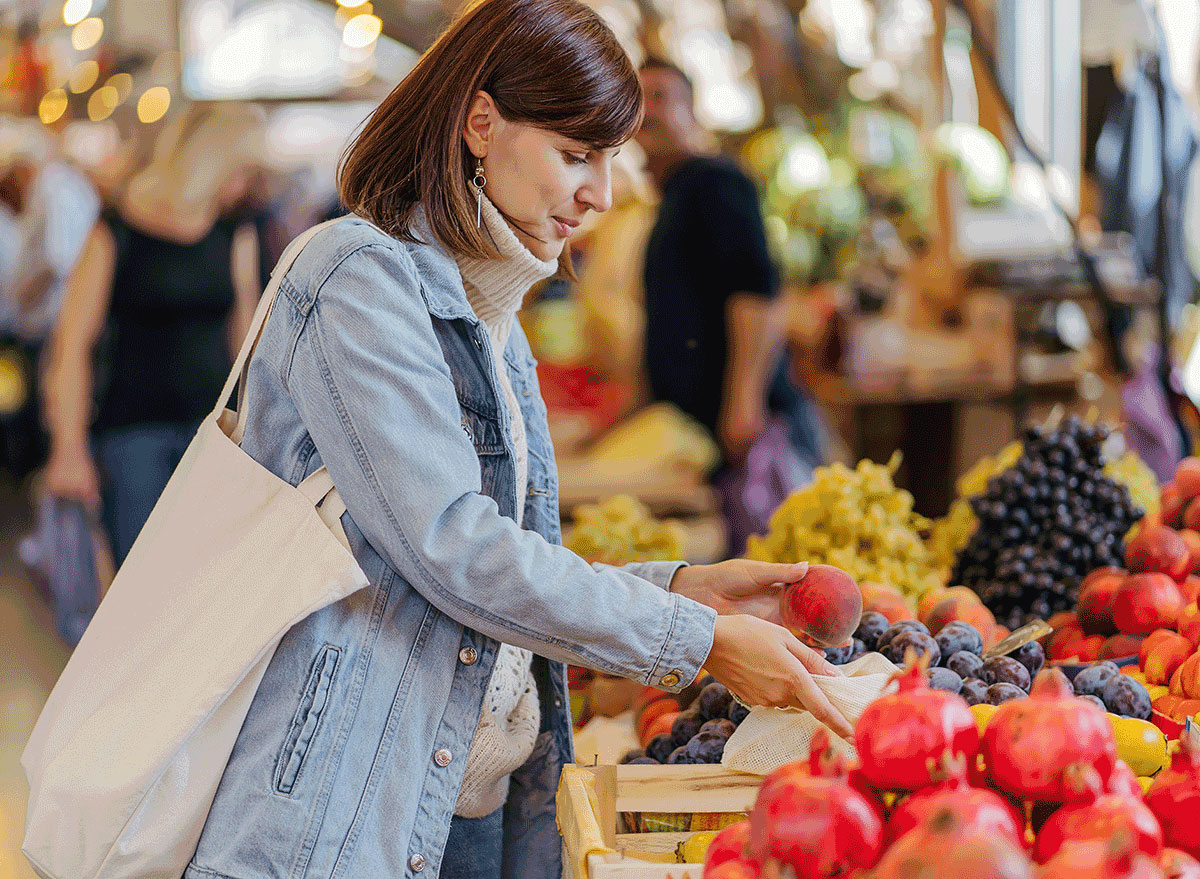
Every year, the average American family wastes more than $1,600 by buying food that ends up in the trash bin. “One way to prevent those losses is to plan your meals,” she advises. “Shop more frequently and only buy what you need for the recipes and meals you’re making.”
Look for these labels
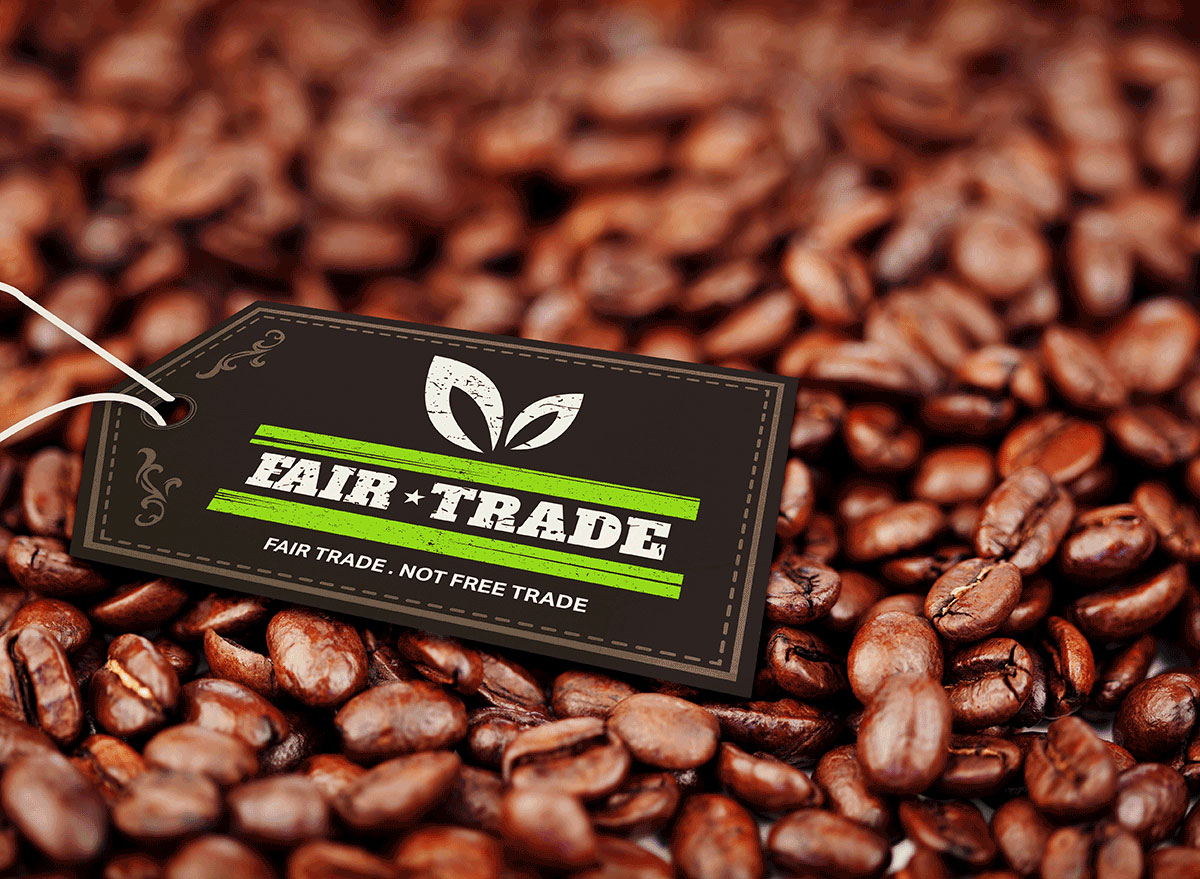
When trying to figure out the best choices, Miller suggests trusting the experts and science: “Fair Trade USA, Marine Stewardship Council (MSC), Certified Organic, and Certified Humane are all great labels to look for on food products at the grocery store. ROC-United and the James Beard Foundation’s Smart Catch are two programs to look for when choosing restaurants. Each of these organizations will help you find products and places that support sustainability initiatives.”
Get to know your farmer (or fisherman)
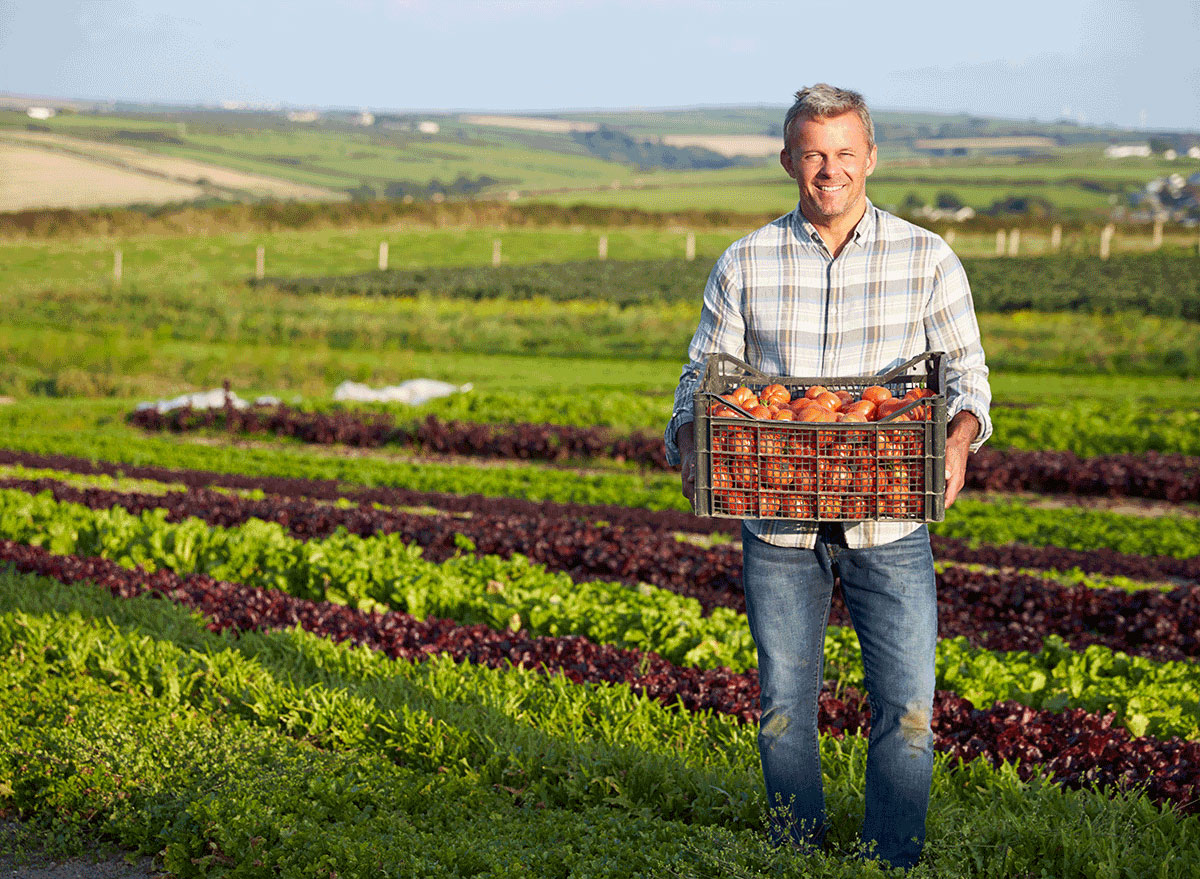
“Farmers and fishermen are the people who grow, raise, and catch our food,” says Miller. “Getting to know these men and women is great for your community. Also, buying directly from your food producers returns more profit to them than when you purchase indirectly through a grocery store.”
Compost
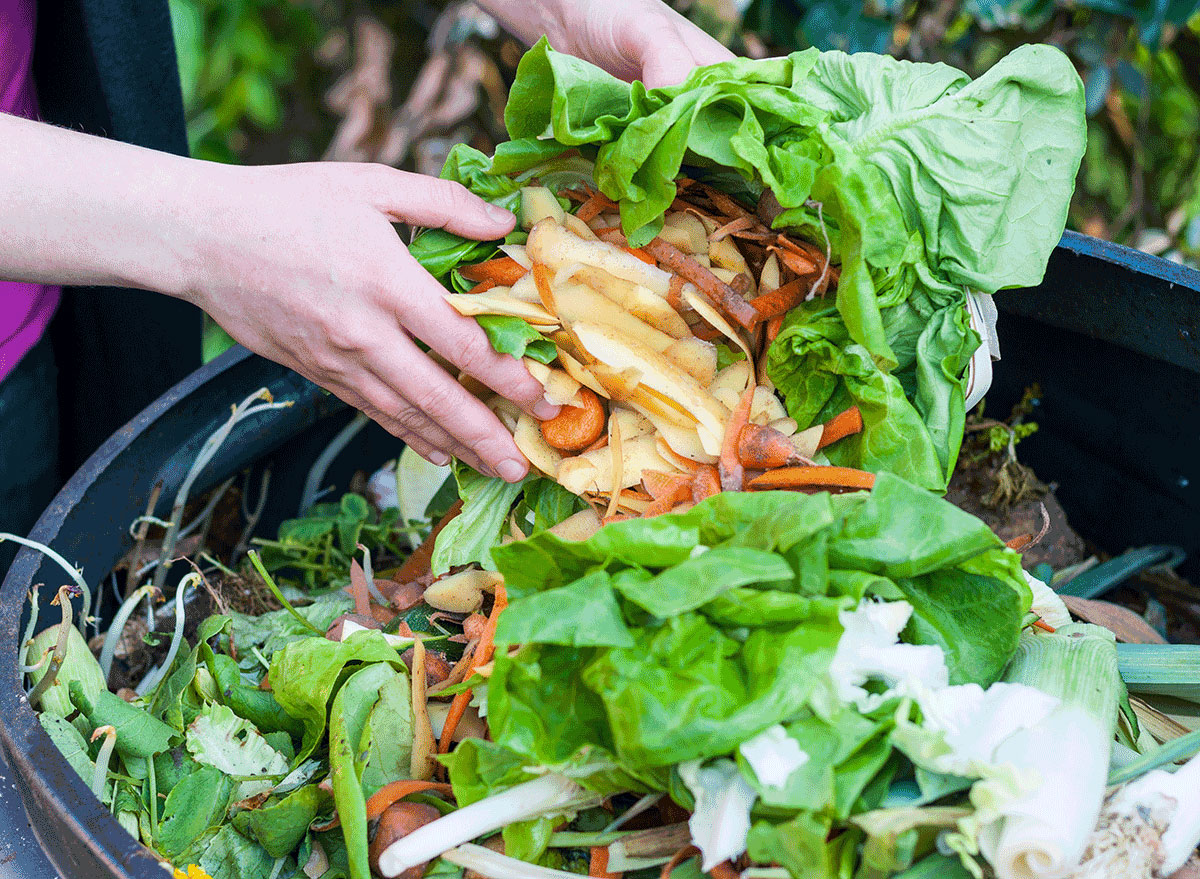
According to the U.S. Environmental Protection Agency, landfills account for 34 percent of the country’s methane emissions. “If you can, compost,” Miller says. “You’ll start shrinking your environmental impact and help nourish gardens and farms.” Plus, you’ll prevent any leftovers from adding to our carbon footprint.
Eat more real foods
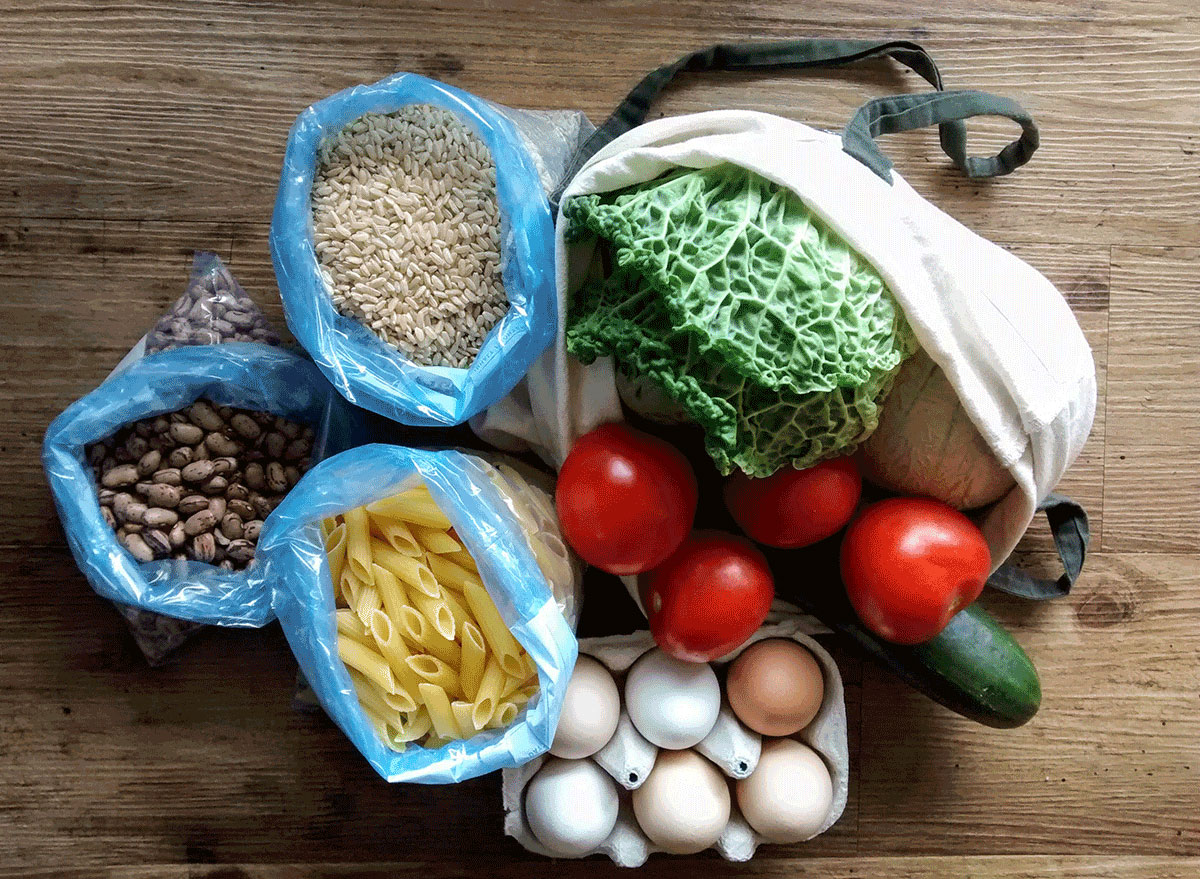
“Plant-forward diets are a great way to eat more sustainably,” says Miller. “If you eat meat and fish, be sure they are from the best possible sources. But above all, eat real foods and not ones that are massively processed. The energy and resources that go into heavily processed foods sometimes mean that they have a higher carbon footprint than natural alternatives.”
Show your support with your dollars
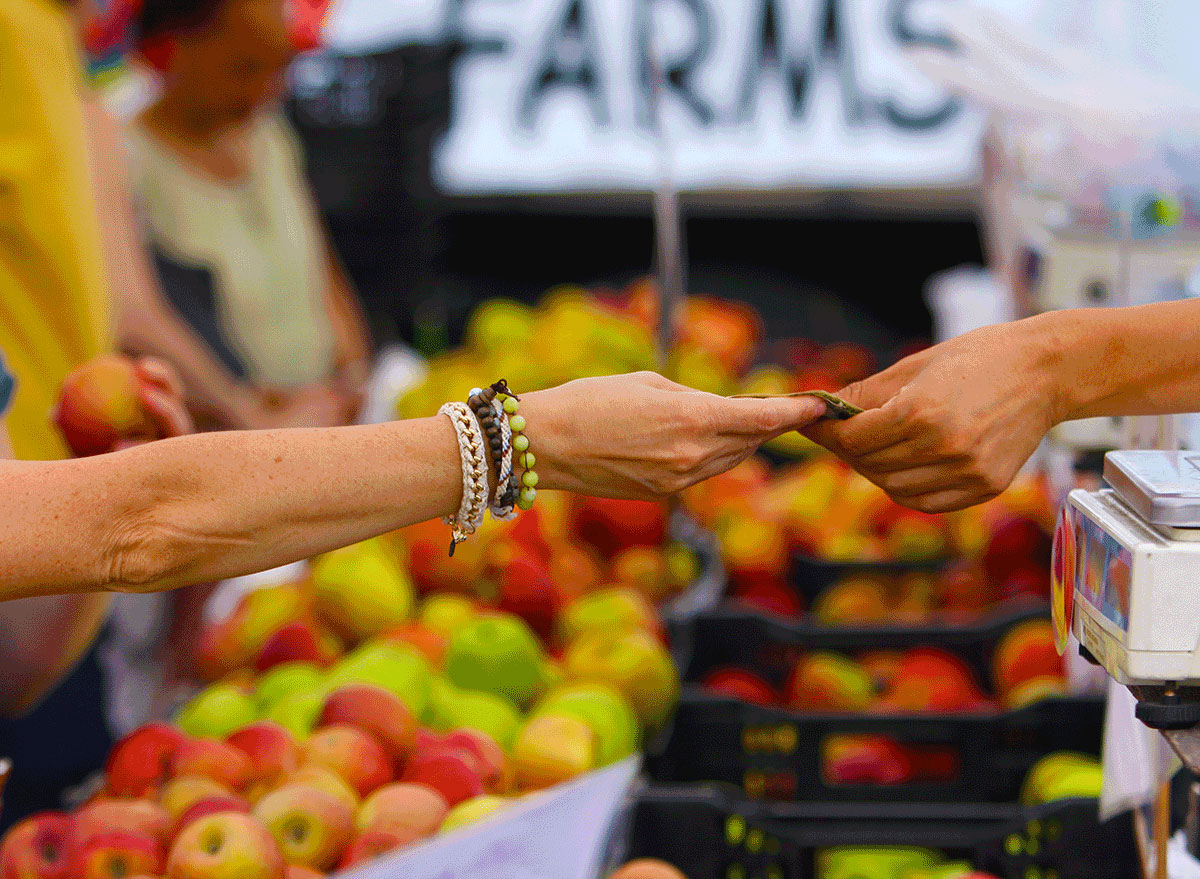
“If you find a great restaurant that showcases sustainable seafood options, let them know you support their work,” suggests Miller. “Share your support on social media. Tell your friends. In America, we’re spending nearly $2 trillion on food; if consumers support more planet-friendly options, companies will respond.”